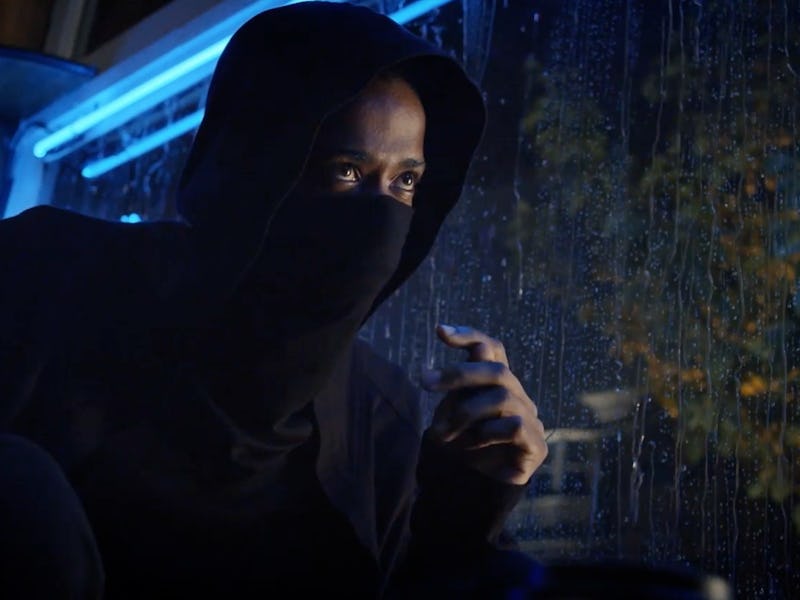5 years later, Death Note is still Netflix's best live-action anime adaptation
Dismissed as another inept attempt to adapt a beloved anime, Death Note came agonizingly close to getting it right.

Art often takes a long and winding road to the consumer. Writers and musicians can toil away for years on a project before anyone sees it because their work can be done in isolation and secrecy. Not so with movies, which need oodles of funding before the cast and crew are even in place. If there’s a problem with a movie, the world knows about it. Sometimes even a basic first step, like writing a script, can languish for years, going through so many permutations that the movie gets a reputation for being stuck in development hell.
That was the case with Adam Wingard’s Death Note, which came out in 2017 after 10 years in development. Names like Shane Black, Gus Van Sant, and Zac Efron were all thrown around the Warner Bros. adaptation of the beloved Japanese anime and manga. By the time the movie came out via a second studio, Netflix, not one, not two, but five Japanese adaptations and spinoffs had been made.
A little like Final Destination and its many sequels, Death Note has an open-ended approach to murder where the only limit is your imagination. The concept is that the death god Ryuk (Willem Dafoe) convinces a teenager named Light (Nat Wolff) to use a Death Note, a notebook that has the power to kill anyone whose name is written in it, provided that the writer has seen the person’s face.
There are a few more rules, but neither they nor Ryuk’s menacing scowl and laugh stop Light from entering name after name. The book helps him at first. By killing criminals he gets to have quality time with his detective father (Shea Whigham). He also uses it to impress bored cheerleader Mia (Margaret Qualley), who becomes his girlfriend. But Mia and Ryuk soon prove to be quite demanding.
Netflix’s Death Note changes a lot of its source material, which brought on charges of eliminating Japanese characters and settings, and a broader critique of Wingard’s take on the characters. Viewers can make up their own minds on what a “proper” Death Note adaptation would look like, but Wingard’s vision is a solid one. It’s a little rushed — this is a movie that could use another 30 minutes to hash out its ideas — but it’s entertaining nonetheless.
His characters are underachievers until they get their hands on the Note, and then they’re eager to become gods. Light and Mia work together under the pseudonym of Kira to eliminate criminals and terrorists the world over, and their murderous creation is both revered and reviled.
Willem Dafoe brings his Green Goblin voice to Ryuk, one of many strange choices the adaptation makes.
When asked if he was afraid of losing his voice amid the popularity of Death Note’s source material, Wingrad responded, “Not really. I think the reason I picked it was because I saw the opportunity to really be able to express lots of different avenues in terms of things that I think are my voice.” In Death Note, he found “the ultimate genre mash-up,” which plays out as a teen romance, a horror movie, a gruesome comedy, and, eventually, a detective story.
The movie shifts once again when the legendary detective L (Lakeith Stanfield) begins to investigate Kira and the rash of mysterious deaths. L breathes life into Death Note, with Stanfield bringing what Wingrad calls a “T-1000 Terminator-style” approach that jolts every character out of their seats. Even Ryuk gleefully tells Light that’s he rooting for his capture once he sees a press conference held by L. What follows is a cat and mouse hunt tweaked by shifting loyalties and the supernatural power of the Death Note.
L and Light try to figure each other out, and the twists begin to pile up to an absurd degree, but the real intrigue here lies in the performances and Wingrad’s direction. He splashes the movie in color, everything from the reds and blues of police cars to a breathtaking explosion of flowers near the end. While the movie doesn’t quite hit the gleeful, overwhelming nihilism of Nature Born Killers, it certainly makes its many deaths look beautiful.
This article was originally published on